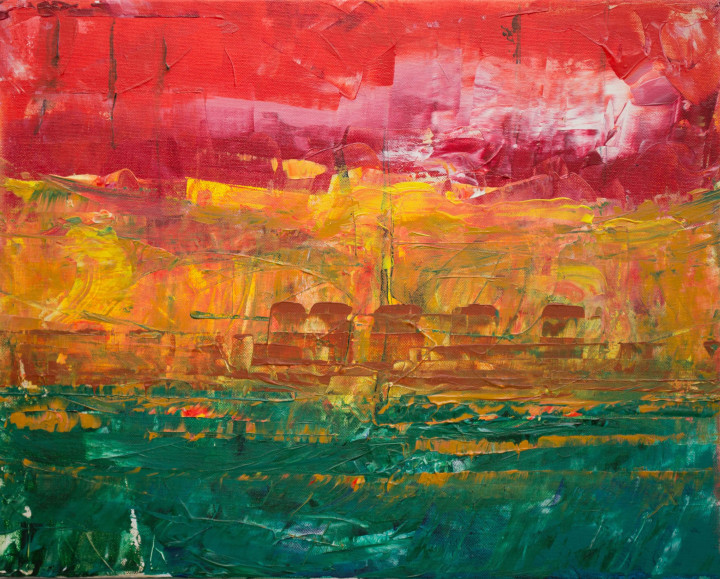Magic mushrooms, also known as ‘shrooms or psilocybin mushrooms, have been a topic of fascination in various cultural, spiritual, and scientific communities due to their potential to alter one’s perception of reality. In recent years, there has been a surge of interest in studying these organisms’ potential effects on human creativity. This article seeks to explore the intricate relationship between magic mushrooms and creativity, presenting both scientific and anecdotal evidence.

Psilocybin, the active compound in magic mushrooms, is known to create a unique set of biochemical interactions in the brain. Upon ingestion, it is converted into psilocin, which binds to serotonin receptors, especially in the prefrontal cortex, an area linked with abstract thinking, thought analysis, and plays a key role in mood and perception. The presence of psilocin prompts an amplified cross-talk between brain regions that don’t typically communicate, leading to what neuroscientists term as a ‘hyper-connected brain.’ This increased connection might be the key to unlocking the brain’s creative potential.
The Biochemical Interactions of Magic Mushrooms
Delving deeper into the intricacies of the human brain, one can appreciate the marvel of its design and function. Each neural network and brain region serves a specific role. But what happens when these networks begin to interact in novel ways? Magic mushrooms may provide an answer. With their psilocybin content, they’re able to connect different parts of the brain that usually function independently, thus promoting a unique form of integrative thinking.
Psilocybin is a naturally occurring psychedelic compound that stimulates serotonin receptors in the brain. Interestingly, these receptors, particularly the 5-HT2A subtype, are found in high concentrations in areas of the brain responsible for creativity and imagination. This suggests that the psilocybin-psilocin pathway could be instrumental in stimulating these areas, leading to enhanced creativity.
Magic Mushrooms and Enhanced Creativity
Creativity often involves the ability to see connections between disparate concepts or ideas, a process known as divergent thinking. Magic mushrooms, through their effects on brain connectivity, can potentially enhance this form of thinking. By dissolving the regular patterns of thought, they allow the mind to explore new connections, ideas, and perspectives.
There are numerous studies to back up these claims. One study published in Psychopharmacology found that consuming a microdose of psilocybin led to enhanced divergent thinking in participants. This implies that even at low doses, magic mushrooms could provide a creative boost. If you are looking are looking to boost your creativity, try House of Shrooms $99 Oz Canada for the best value.
Artistic Expression and Magic Mushrooms
The influence of magic mushrooms is not limited to scientific research. Their impact extends to the realms of art and music, where they have been used as tools for creative inspiration. Renowned artists and musicians have attributed their creative breakthroughs to their experiences with these psychedelic substances.

The psychedelic experience, often described as a journey through the depths of one’s consciousness, can provide a rich tapestry of thoughts, visions, and emotions to draw upon. This can shape an artist’s work, infusing it with depth and uniqueness that might not be achievable in an ordinary state of mind.
Potential Risks and Ethical Considerations
Despite the potential benefits, it’s important to discuss the potential risks and ethical considerations involved in using magic mushrooms. The same properties that enhance creativity can also lead to uncomfortable or distressing experiences, commonly known as ‘bad trips’. Moreover, the use of these substances may exacerbate certain mental health conditions.
Ethically, while enhancing creativity may seem desirable, it’s important to ask whether it’s right to achieve this through chemical means. Moreover, as with any substance, there is the potential for misuse and overreliance, which can lead to negative long-term consequences.
Conclusion
The exploration of magic mushrooms and their impacton creativity is an exciting journey that crosses the borders of neuroscience, psychology, and the arts. The potent psilocybin, when introduced to the brain, appears to ignite a symphony of interactions that may unlock creative potential. From enhancing divergent thinking to inspiring artists, the potential of these natural psychedelics seems vast and profound. However, along with this potential comes responsibility. The potential risks and ethical considerations of their use should not be overlooked.
In this evolving conversation, it is essential to approach the subject with a sense of curiosity, respect, and caution. As research continues and our understanding deepens, we may discover new ways to harness the potential of magic mushrooms while minimizing their risks. Whether you’re an artist seeking inspiration, a researcher driven by scientific discovery, or an enthusiast intrigued by the intricacies of the human mind, the study of magic mushrooms and creativity is a fascinating realm awaiting exploration.
